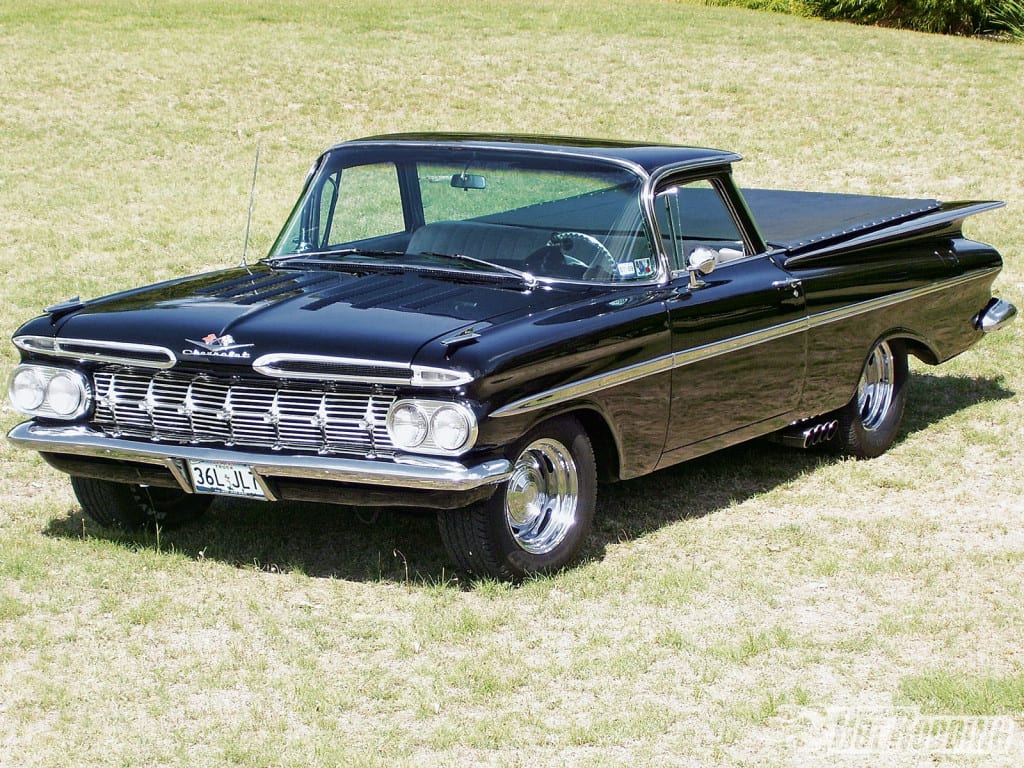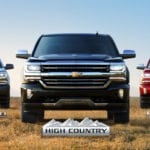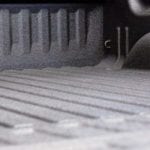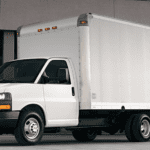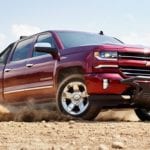Among the first hybrid vehicles in the history of the automotive industry, the Chevrolet El Camino, a combination car-truck, featured the practicality of a pickup truck, while maintaining performance car status. Chevy dealers across the U.S. showcase vintage models like the El Camino in their showrooms, while awaiting a possible new release.
Church and Chattel
Introduced in 1958 in response to Ford’s Ranchero, American car-truck hybrids were originally inspired by Australia’s “utes,” or “coupe utility” vehicles. Rumor has it, in 1932, an Australian farmer’s wife wrote to the Ford factory, requesting a vehicle that could get her to church in style on Sunday, and shuttle her husband’s livestock to market on Monday.
Whether or not the story is true, the 1959 El Camino, a sedan-pickup truck, built on an Impala body, was Chevy’s interpretation of an Australian ute, made to look good, while doing some heavy lifting.
In fact, Chevy promoted it as, “the most beautiful thing that ever shouldered a load!” Even claiming, “It rides and handles like a convertible yet hauls and hustles like the workingest thing on wheels.”
Close, But No Cigar!
Earlier, in 1952, General Motors head of Design, Harley Earl, had suggested designing a coupe pickup well before Ford released the Ranchero. However, it seems it took the appearance of the Ranchero to spur Chevy to action and, in 1959, the El Camino was introduced.
Unfortunately, the first El Caminos, unlike their Ford counterparts, the Fairlanes and Rancheros, did not sell well and were officially discontinued in 1960.
Back to the Drawing Board
They made a comeback in 1964 when Chevy introduced a new model, based off the Chevelle, a more robust body compared to the Impala, and available as a Super Sport (SS) option.
The drivetrain range compared to the Chevelle’s, sporting two entry-level six-cylinder engines (194cui, 230cui), a 283cui VC in 195hp and 220 hp spec, and a selection of either a 250hp or 300hp 327. Transmission options included: Powerglide, Muncie manuals, a 3-speed manual and TH350/400 automatics.
Hot Rod reported, “El Camino is a true multi-purpose vehicle. Good looks plus sedan styling let it be drive anywhere you’d take a regular passenger car. You never feel out of place – even the ladies should be at ease with it.”
Glory Days
It wasn’t until 1968, however, that the El Camino, featuring a total body makeover, and loaded with a more powerful SS engine, took its place in the iconic lineup of American muscle cars and remained there for the remainder of the 1960s and throughout the 1970s.
The 1970 LS6 454, featuring a new A-body, 454cui big-block, Chevelle front clip, and Monte Carlo front parking lights, came available in 360hp or 450hp performance levels, the highest performing El Camino to date, and thus, the stuff of legend.
Short Reign
By 1971, federal and insurance regulations took the fun out of the game, and began restricting the performance of muscle cars, lowering horsepower, compression, and the El Camino’s overall suped-up identity.
The LS6 had a one-year reign and in 1972 became available with any Chevy V8 engine, including the underwhelming 200jp 307.
Identity Crisis
At last, in 1973, the El Camino’s body-style, still based on the Chevelle wagon chassis, was re-imagined, creating the largest El-Camino to date. The once lightweight, suped-up speedster morphed into an overweight, sluggish underperformer, available as the 350 or 454cui V8.
This identity crisis experienced only slight tweaks during the remainder of the 1970’s, and nothing drastic enough to return the El Camino to its former glory.
In 1974, Chevy introduced a new grille and the El Camino Classic trim level, as seen on the 1974 Malibu Classic. Engine offerings included the base 350, a 400, and the preferred top 454.
A new grille and another dip in performance marked the 1975 model, featuring a 105hp, 250cui Inline-6 base engine. Even though the V8s were still around, the top performing 454 was only capable of roughly 215hp.
The 1976 El Camino classic, sported vertical-stacked headlights, but the same base model style. The 454 was no longer available, as well as the manual transmission option on V8s. In addition to the I-6, the 350s and 400cui V8, Chevy added a 140hp 305cui V8.
The “Colonnade” body style of 1977 featured vertical headlights on all El Caminos. The 400 was dropped in preparation for the arrival of the downsized 1978 models.
Once again sharing the body style of the Malibu, the 1978 Elky remained virtually the same until production ended in 1987. The El Camino SS disappeared, replaced at first by a Black Knight edition and later the Royal Knight edition.
The 1982 El Camino was made over one last time with a new grille and quad headlamps. Although engine options changed, nothing especially innovative was introduced for A-body trucks.
A Cameo Camino
Through the joint efforts of Chevy and Chattanooga, Tennessee’s “Choo Choo Customs,” the SS returned for a flash in 1984. Similar to the Monte Carlo SS, and sporting identical 190hp 305cui V8 engines, production eventually moved to Mexico.
The Camino Craze
El Caminos, although relatively short-lived in Chevrolet production compared to other models, are practically ubiquitous in movies, television, and music, and remain a cult classic among car enthusiasts.
There is no stereotypical El Camino driver.
Consider the following, a President, a criminal, and a stuntman. No, it’s not the beginning of a bad joke, it’s just a short but recognizable lineup of famous, if not infamous, El Camino owners: Bill Clinton, David Koresh, and Evel Knieval, who hauled his twin Triumph motorcycles in the back of a white 1964 El Camino.
Often associated with the Billy Ray Cyrus mullet motto, “business in the front, party in the back,” it’s not surprising that El Caminos are a hit among country singers. Alan Jackson owned a 1971 SS-454 and Dwight Yoakam loving refers to his luxuriously enhanced 1978 model as his “trash truck.”
Toy Story
Rumor has it that Mattel’s Elliot Handler (the ‘el’ in Mattel), spotted designer Harry Bradley’s El Camino in the Mattel HQ parking lot and commented, “Those are some hot wheels,” coining the new name for Mattel’s line of toy cars, Hot Wheels.
In fact, Elliot was so impressed by Bradley’s custom El Camino, he insisted that Mattel use it as a model for the first line of Hot Wheels toy cars.
Gone, But Not Forgotten
In 1987, Chevy officially pulled the El Camino from its production line, and although rumors swirled that Chevy planned to unveil a 2016 El Camino, cheaper pickup imports from Thailand have apparently derailed those plans.
It seems the flooding of compact trucks, like the Ford Ranger and Chevy S-10, into the automotive market has satisfied the need for a direct replacement of the El Camino.
Compact trucks, boasting power steering and air conditioning, make them more simultaneously more practical and luxurious compared to their Camino and Ranchero predecessors. Cheaper to manufacture and purchase than car-truck crossovers, the new compact trucks might have effectively replaced El Caminos in practicality, but not in image.
Ever iconic, the El Camino has been immortalized, on the road and on the big screen, as one of Chevy’s legendary cult classic cars.
